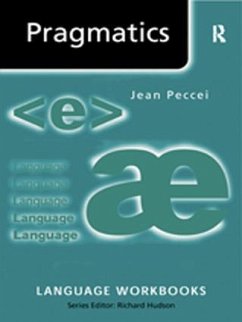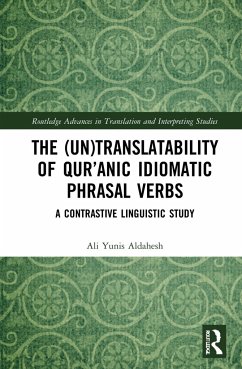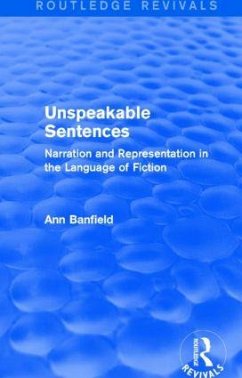
Principles of Pragmatics
Versandkostenfrei!
Versandfertig in 1-2 Wochen
149,99 €
inkl. MwSt.
Weitere Ausgaben:

PAYBACK Punkte
75 °P sammeln!
This book presents a rhetorical model of pragmatics: that is, a model which studies linguistic communication in terms of communicative goals and principles of 'good communicative behaviour'. Geoffrey Leech argues for a rapprochement between linguistics and the traditional discipline of rhetoric, maintaining that the language system in the abstract must be studied in relation to a fully developed theory of language use, including politeness, irony, phatic communion, and other social principles of linguistic behavior.














